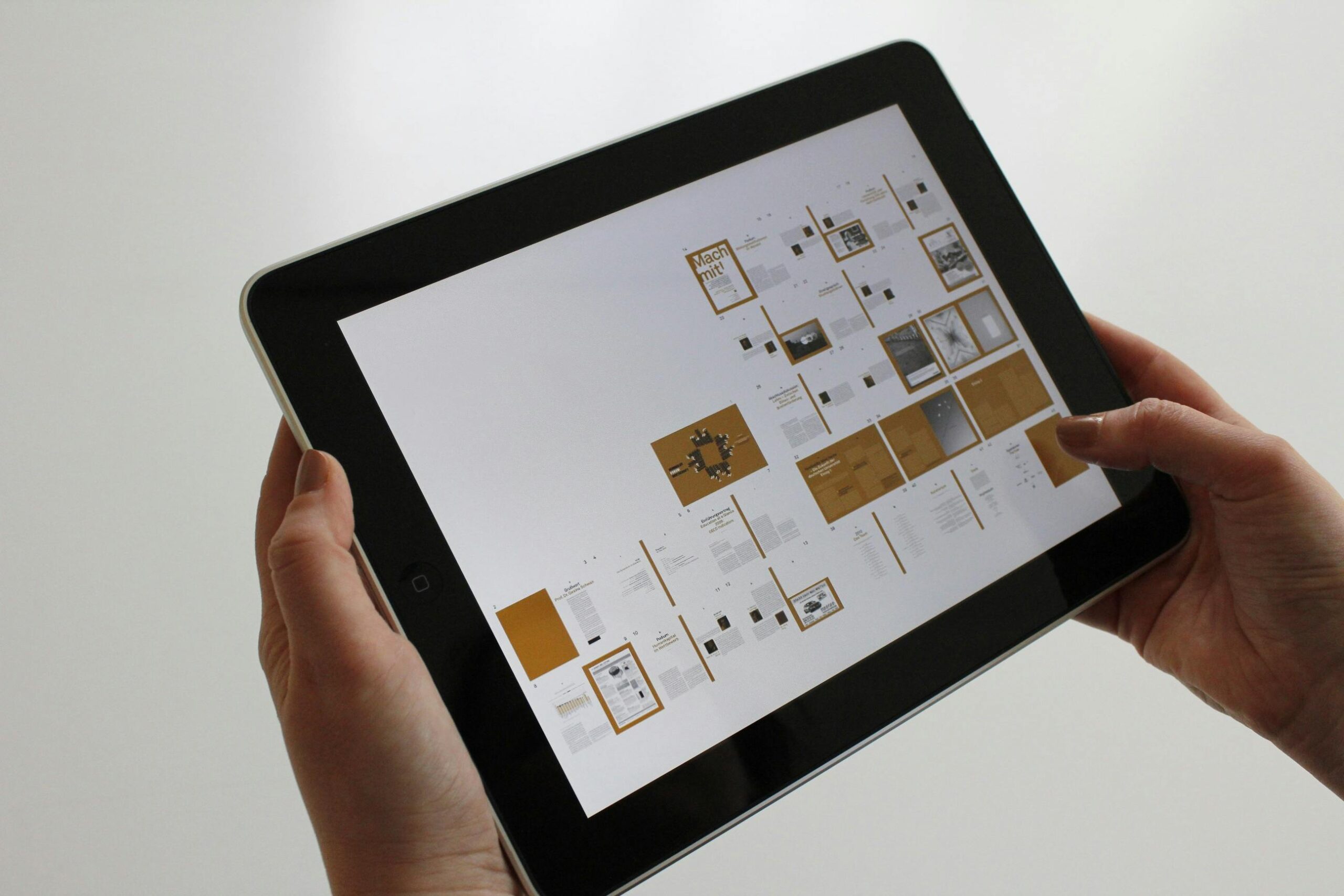Why UI/UX Design is Absolutely Vital

In today’s digital-first world, the term “good design” is thrown around frequently, but what does it truly mean? Does a design need to be flashy, trendy, or cutting-edge to be good? Not necessarily. At its core, good design is about simplicity and usability—qualities that can make or break the success of any app or website.
What Defines a Good Design?
When developing an app or platform, evaluate your design by asking yourself these questions:
- Is the design distracting?
A great design enhances the experience without pulling focus from the content or purpose. Users should focus on their tasks, not on deciphering a confusing interface.
No one ever said “yeah, the app is useless, but I love the design, so I will keep on using it“.
But people do often say “the design is not great or good looking, but at least I can use the app and get the value from it that I want“.
And what you don’t want people to say is “I’m sure the app is valuable, but everytime I try to use it, I get confused from all these fancy looking, flashing and moving elements“. - Does the design make finding elements easier?
Navigation should be intuitive. If users have to hunt for buttons, options, or features, your design is failing. - Does the design make using the app simpler, faster, and more efficient?
Efficiency is king. Users want to complete tasks quickly without feeling frustrated.
The Ultimate Purpose of Design
Remember this critical point: you’re not creating art. While visually appealing elements can enhance your app, the goal isn’t to win design awards but to create something useful and valuable.
Good design is the bridge between your app and its users, helping them:
- Achieve their goals.
- Enjoy a seamless experience.
- Access the value your app offers effortlessly.
Fancy animations or intricate visuals might grab attention, but they can backfire if they compromise usability. Simplicity trumps complexity every time.
Real-Life Examples of Good and Bad UI/UX
Good Design Example: Google Search
Google’s homepage is the epitome of simplicity. A single search bar, a few buttons, and minimal distractions. Its UI/UX design makes it fast and easy for users to perform their primary task—searching for information. Despite being one of the most visited websites globally, Google hasn’t cluttered its design with flashy animations or excessive links.
Bad Design Example: Early MySpace
MySpace was a pioneer in social media, but its downfall was partly due to poor UI/UX. The platform allowed users to heavily customize their profiles, leading to inconsistent designs, cluttered interfaces, and slow loading times. The lack of a unified design standard made navigation and usability a nightmare.
Good Design Example: Duolingo
Duolingo has mastered the art of making language learning fun and intuitive. The app uses gamification techniques to engage users, with a clean interface that guides learners through each lesson. Tasks are broken into small, manageable steps, and progress is visually tracked, making the experience rewarding and easy to follow.
Bad Design Example: Windows Vista
When Windows Vista launched, its UI was overloaded with unnecessary features and flashy elements that slowed down the system. The design felt bloated and cumbersome, frustrating users who wanted a more streamlined experience.
A Few Practical Tips
- Use familiar patterns – Users are accustomed to certain design standards. For example, a shopping cart icon for purchases or a magnifying glass for search. Avoid reinventing the wheel unnecessarily.
- Prioritize speed – No matter how beautiful your design is, it won’t matter if it slows your app down. Optimize for performance.
- Guide users visually – Use clear typography, consistent colors, and intuitive layouts to help users understand what to do next
The Bottom Line UI/UX design isn’t just about making things look good; it’s about creating an experience that feels natural and solves problems effectively.
When in doubt, think about the success and design of Apple. Is it easy to use? Easy to find apps and specific settings? Is it fancy to the point that you get confused?

Want Help With Your Software Project?
Get Our Free Ebook: How to Build Winning Custom Software – A Guide For Businesses and Entrepreneurs
By subscribing, you agree to get emails from Co-Foundry. We’ll respect your privacy and you can unsubscribe at any time.






